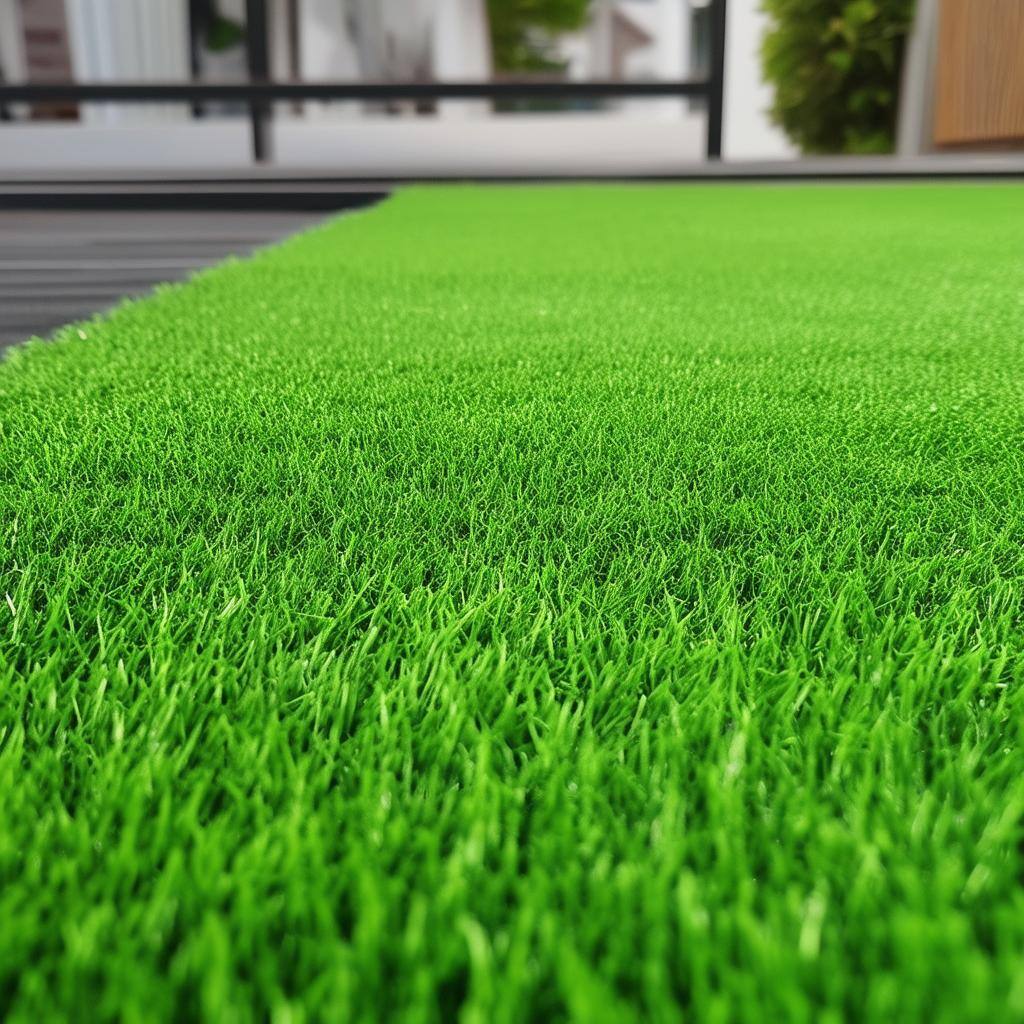Lawn Maintenance Guide
The Ultimate Guide to Lawn Maintenance: Achieving a Healthy and Lush Lawn
A well-maintained lawn enhances the beauty of your home and provides a welcoming outdoor space for relaxation and recreation. However, achieving and maintaining a lush green lawn requires regular care and attention. This guide will explore essential lawn maintenance practices, including mowing, watering, fertilization, aeration, and pest management, to help you create and sustain a vibrant lawn.
Why Lawn Maintenance Matters
Regular lawn maintenance offers numerous benefits, including:
- Aesthetic Appeal: A healthy lawn adds curb appeal and enhances the overall look of your property.
- Environmental Benefits: Lawns improve air quality, provide habitat for wildlife, and help manage stormwater runoff.
- Increased Property Value: A well-kept lawn can increase your home’s market value and attract potential buyers.
Learn More Below for Essential Practices, Seasonal Checklists, & Maintenance Tips!
Learn More Below for Essential Practices, Seasonal Checklists, & Maintenance Tips!
Essential Lawn Maintenance Practices
1. Mowing
Mowing is one of the most critical aspects of lawn care. Proper mowing techniques can significantly impact the health of your grass:
- Height: Set your mower to the appropriate height for your grass type. Generally, keeping grass between 2.5 to 4 inches encourages deep root growth and shade for the soil.
- Frequency: Mow regularly, ideally once a week during the growing season. Avoid cutting more than one-third of the grass height at once to prevent stress.
- Sharp Blades: Keep mower blades sharp for clean cuts, which reduce stress and disease susceptibility in grass.
2. Watering
Proper watering is essential for a healthy lawn, especially during dry periods:
- Deep Watering: Water your lawn deeply and less frequently, aiming for about 1 to 1.5 inches of water per week. This encourages deep root growth.
- Timing: Water early in the morning to minimize evaporation and fungal diseases. Avoid watering in the evening, as it can promote mold growth.
- Soil Check: Test the soil moisture by inserting a screwdriver or your finger into the soil. If it penetrates easily, watering may not be necessary.
3. Fertilization
Fertilizing your lawn provides essential nutrients for healthy growth:
- Soil Testing: Conduct a soil test to determine nutrient levels and pH. This will guide your fertilization strategy.
- Types of Fertilizers: Use slow-release fertilizers for a steady supply of nutrients. Organic options, like compost or natural fertilizers, can also enhance soil health.
- Timing: Fertilize in early spring and fall for optimal results. Avoid fertilizing during drought or when the grass is dormant.
4. Aeration
Aeration improves soil health by alleviating compaction and allowing air, water, and nutrients to penetrate the root zone:
- When to Aerate: Aerate your lawn in the spring or fall when the grass is actively growing.
- Methods: Use a core aerator that removes small plugs of soil. This is more effective than spike aeration, which can further compact the soil.
- Post-Aeration Care: Leave the soil plugs on the surface; they will break down and return nutrients to the soil.
5. Weed Control
Weeds compete with grass for nutrients and water, so effective weed management is essential:
- Prevention: A thick, healthy lawn naturally prevents weed growth. Use proper mowing, watering, and fertilization techniques to strengthen your grass.
- Weed Removal: Hand-pull weeds or use a hoe for small infestations. For larger areas, consider using herbicides, but follow label instructions carefully.
- Mulching: In garden beds adjacent to your lawn, apply mulch to suppress weeds and retain moisture.
6. Pest and Disease Management
Regular monitoring is key to managing pests and diseases:
- Inspection: Check your lawn regularly for signs of pests, such as discolored patches, bare spots, or unusual growth patterns.
- Integrated Pest Management (IPM): Utilize a combination of cultural, mechanical, and biological methods to manage pests sustainably.
- Professional Help: If you suspect a serious pest or disease problem, consider consulting a lawn care professional for advice and treatment.
Seasonal Lawn Maintenance Checklist
Spring
- Clean up debris from winter.
- Aerate and fertilize the lawn.
- Begin regular mowing as grass grows.
Summer
- Water deeply and less frequently.
- Monitor for pests and diseases.
- Apply weed control as needed.
Fall
- Fertilize to prepare for winter.
- Aerate again if necessary.
- Rake leaves to prevent mold and thatch buildup.
Winter
- Limit traffic on dormant grass.
- Plan for spring maintenance.
- Consider winterizing your mower and equipment.
Summary
Achieving and maintaining a healthy lawn requires consistent effort and care. By implementing key practices such as mowing, watering, fertilizing, aeration, and pest management, you can enjoy a lush, green lawn that enhances your home’s beauty and provides a space for outdoor enjoyment. With dedication and attention, your lawn can thrive, becoming a vibrant part of your landscape for years to
Why don't homes come with a user manual?
We don't know, either. But we're here to help.
See how, below...from tackling the maintenance tasks you can’t stand or always forget, to getting proactive with your maintenance, to sending out contractor referrals we actually know & trust!
You May Also Like
These Related Stories

Landscaping Guide

Tree Maintenance Guide
